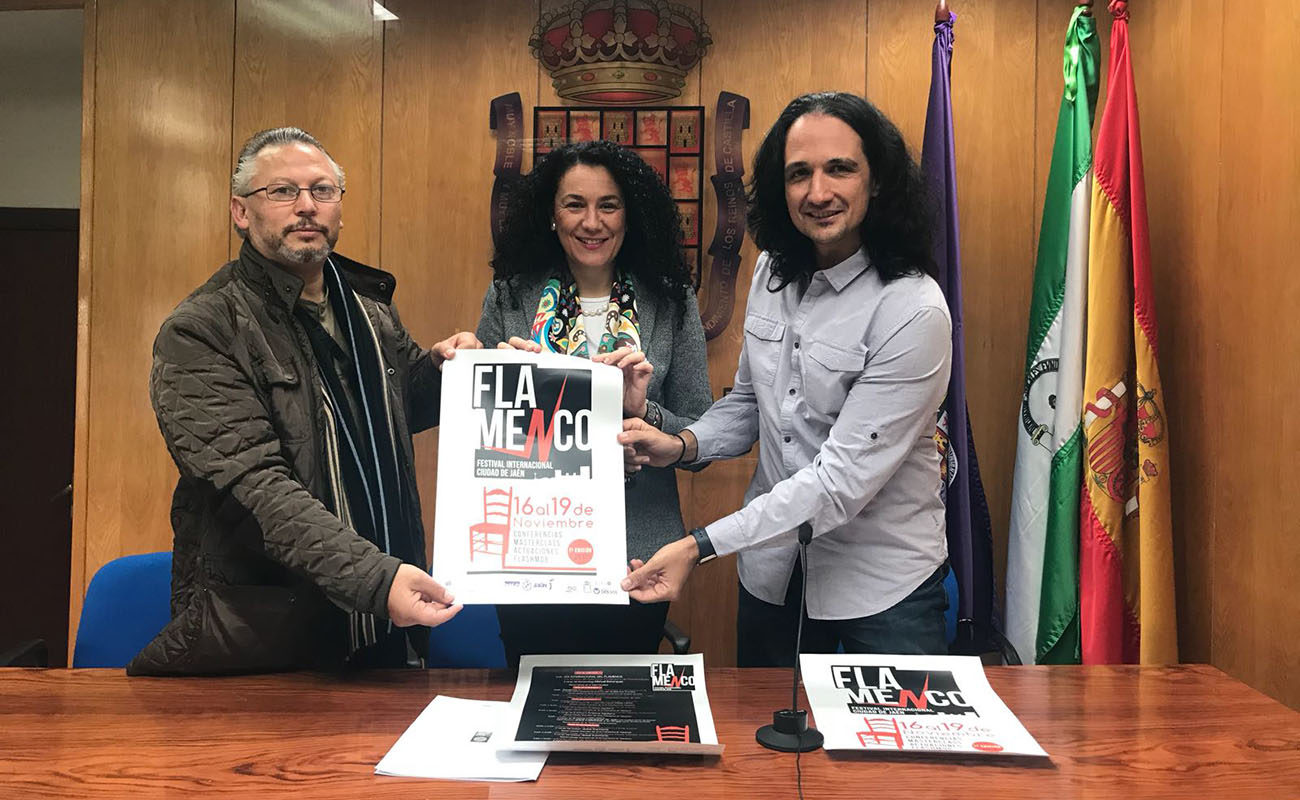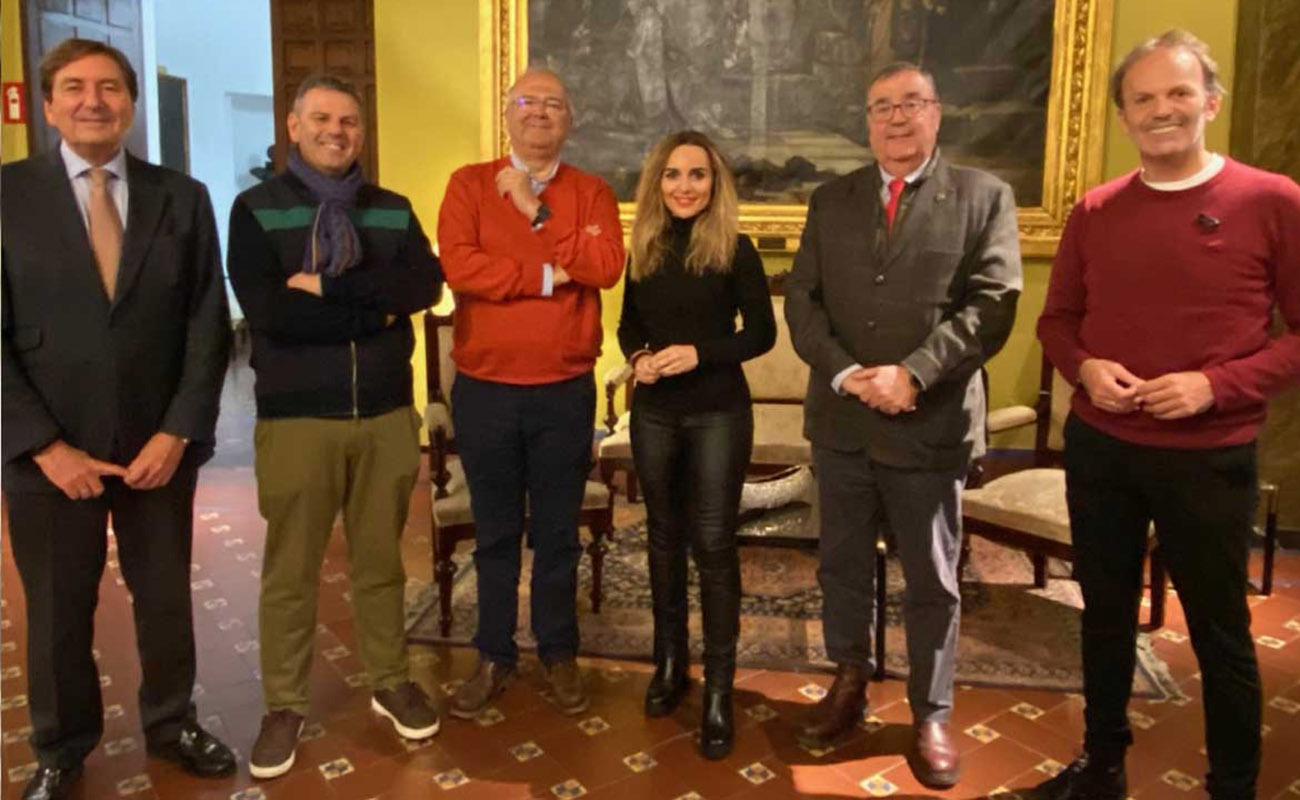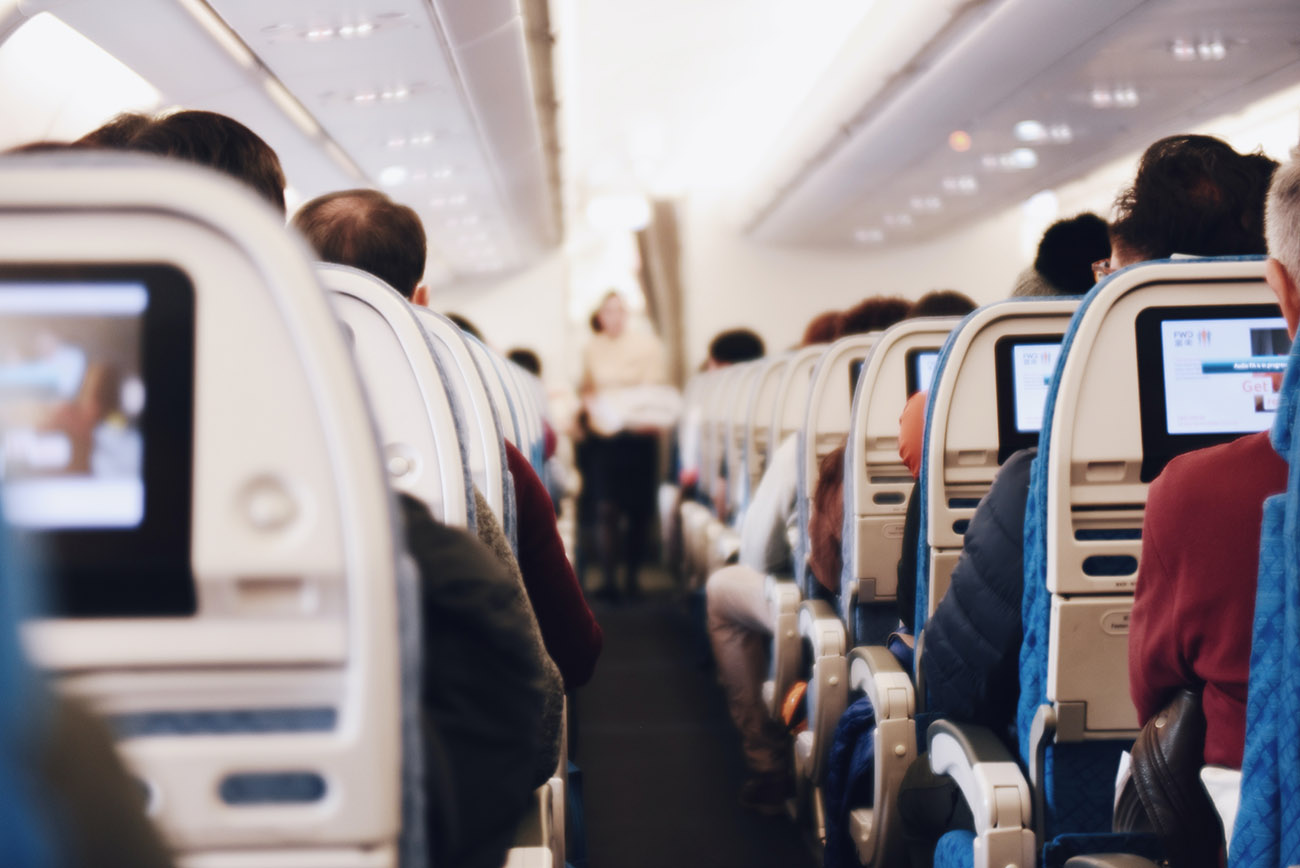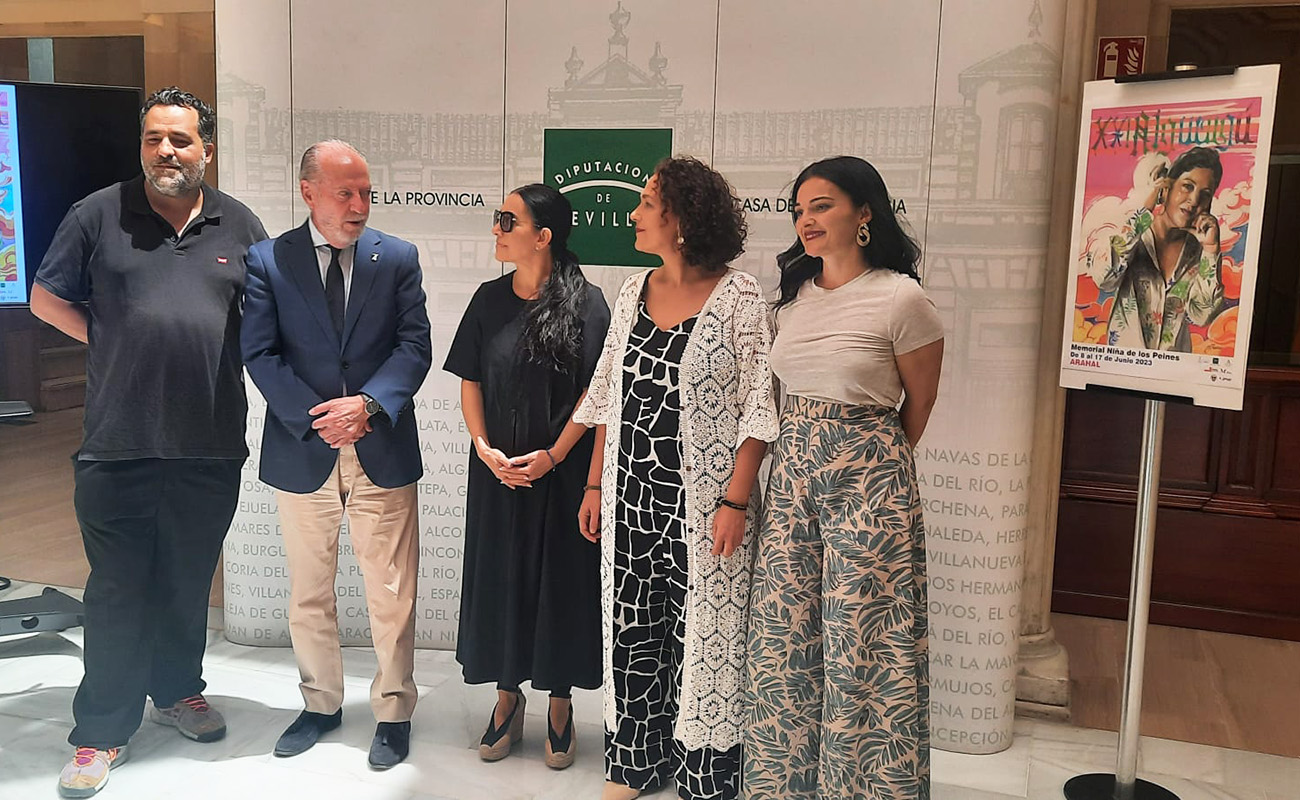International Flamenco Festival of Jaén
The province of Jaén has always been a bit isolated in terms of flamenco. Sometimes on the part of the administrations that do not seem to be interested in flamenco, nothing more than when an important event like Linares is approaching may be the contest of Tarantas that has been represented since 1963. That is why we see the need to

The province of Jaén has always been a bit isolated in terms of flamenco. Sometimes on the part of the administrations that do not seem to be interested in flamenco, nothing more than when an important event like Linares is approaching may be the contest of Tarantas that has been represented since 1963.
That is why we see the need to break a spear in favor of the creation of the Jaén International Flamenco Festival. Festival that can put a flamenco presence superior to what in the province is concerned. Province that bypassing the performances in Peñas and some festivals come to less does not contribute much more to the theme of flamenco shows and events. And, more than that, the Cantabrian neuralgic center being the old mining basins of Linares-La Carolina becomes capital Jaén, although having nothing against it is done in the beautiful city of the holy kingdom, but in against a mob of local politicians who only get out of step when something more or less important comes to them. Knowing that for example in this first Festival of Jaén people from other parts of the world have come. It was Antonio el Tabanco director of the EFA, the brave who created this with the collaboration of the Hon. City Council of Jaén.
And what was important here was the lecture given by Manuel Bohórquez Casado on November 16 in the Mudéjar Hall, which belonged to Condestable Luca de Iranzo. Built in the 15th century, it served for Manuel Bohórquez to give a tour of some of the oldest historical figures, such as El Planeta, Frasco el Colorao or El Fillo, with their minor or greater importance than they had in flamenco, but teaching as Historical research is done and what results came after long years of work.
The next day was a server who gave a talk about flamenco and tourism, in the Society of Friends of the Country which has 271 years of history, with an emphasis on romantic travelers, the bowling ballerinas in Europe and how they opened a door that many travelers came to Spain looking for the exotic, in order to recreate. Although in many cases deceived, since these writings were made inventing a reality that did not agree with the nature itself or the truth. At the piano I was accompanied by Chico Pérez, a young pianist from Jaén, although I was still living in Madrid, which can become one of the next flamenco piano figures in the national and international scene. I play a fantasy for malagueñas, bulerías and a free piece with a lot of flamenco flavor.
In the evening the flamenco show was held in which the Andalusian Flamenco School participated, whose director Antonio El Tabanco, also organizer of the festival, leads with good temper.
On Saturday there was a flash mob in the Plaza de Santa María, where hundreds of people from all nationalities, Canadians, Italians and Belgians participated. And at night to close the festival the dance of El Carpeta, dancer of the Farruco family who developed his art at the Teatro Infanta Leonor de Jaén, who knew how to give the vision and art that all that family transmits in the dance and in flamenco art.




